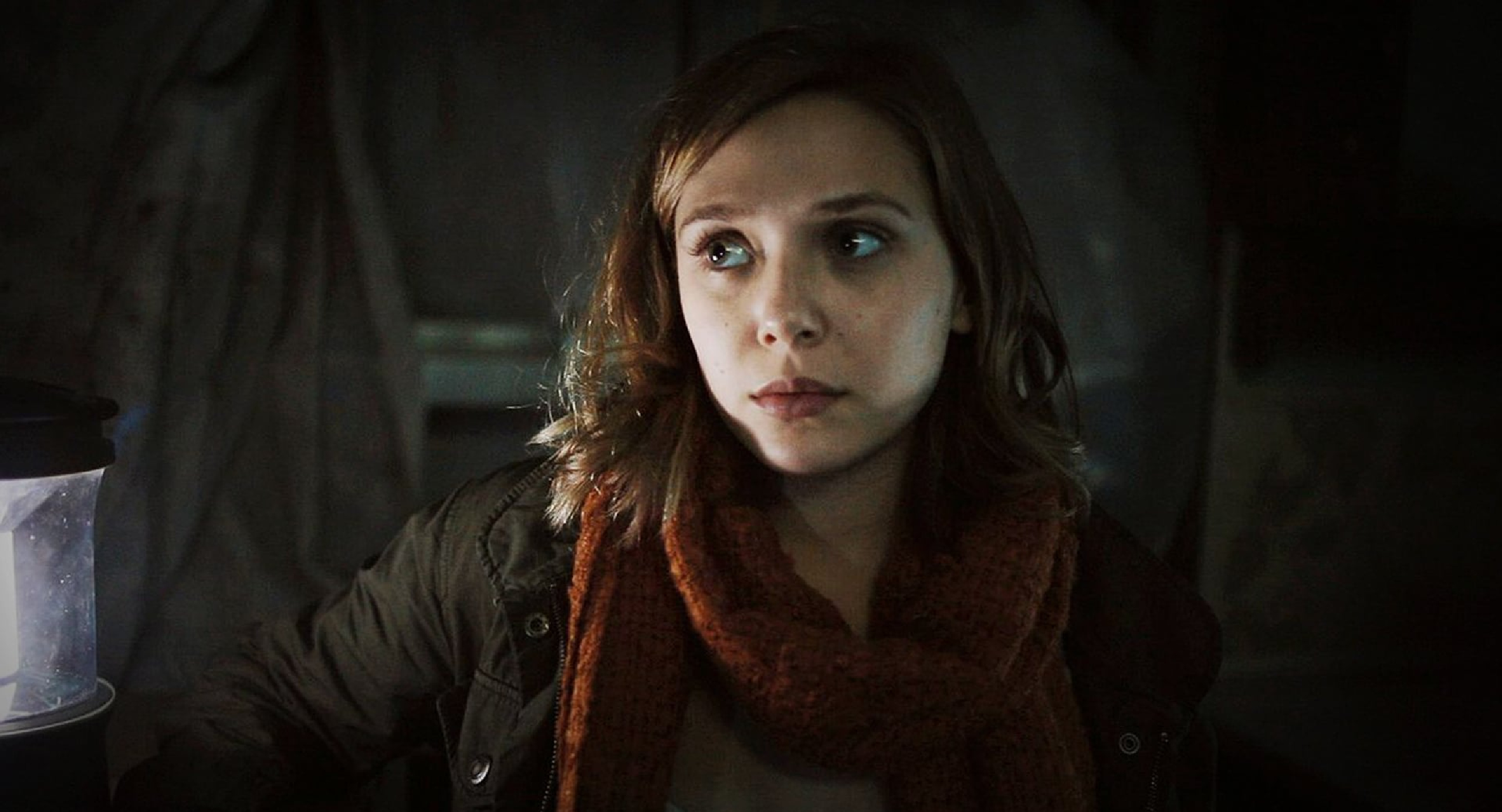Silent House – Film Review
Published October 28, 2023

Silent House, directed by Chris Kentis and Laura Lau, is a psychological horror film that attempts to grip its audience with a unique narrative style and intense suspense. While the film succeeds in building tension and delivering some spine-tingling moments, it falls short in terms of character development and fails to fully capitalize on its promising premise.
At the heart of Silent House lies its innovative storytelling technique. The film unfolds in real-time, presenting itself as a single continuous shot, creating an immersive experience for the audience. This approach effectively heightens the suspense, as viewers are compelled to follow the protagonist, Sarah, portrayed convincingly by Elizabeth Olsen, throughout her terrifying ordeal. The decision to shoot the film in this manner is undoubtedly bold and commendable, providing a sense of immediacy that few horror films achieve.
The cinematography in Silent House is undoubtedly its strongest asset. The long, unbroken takes and the clever manipulation of lighting and shadows create a palpable atmosphere of dread. The camera becomes an active participant, stalking Sarah through the dimly lit rooms of the house, intensifying the feeling of isolation and vulnerability. The film’s technical achievements cannot be overstated, as they contribute significantly to the overall sense of unease and tension.
However, where Silent House falters is in its character development and narrative execution. While Olsen’s performance is noteworthy, the lack of depth in her character diminishes the emotional impact of the story. Sarah’s fear and desperation are palpable, but the audience is never given enough insight into her background or motivations to truly empathize with her plight. The supporting characters, including Sarah’s father and uncle, feel underdeveloped and one-dimensional, serving merely as catalysts for the unfolding events rather than fully fleshed-out individuals.
Additionally, the film’s plot, which initially promises a compelling mystery, gradually descends into a series of clichés and predictable horror tropes. As the story progresses, the audience may find themselves anticipating the next jump scare or plot twist, diminishing the element of surprise that is crucial for a successful horror film. The narrative lacks the depth and complexity needed to sustain the audience’s interest, leaving many questions unanswered and unresolved.
Furthermore, Silent House struggles with pacing issues, particularly in its middle act. The tension, while palpable in the beginning, wavers as the film meanders through repetitive and increasingly convoluted sequences. This results in a loss of momentum, making it challenging for viewers to maintain their engagement with the story. The film’s climax, while intense, feels rushed and somewhat disconnected from the preceding events, leaving a sense of dissatisfaction in its wake.
Silent House offers a visually arresting and technically impressive cinematic experience, thanks to its innovative real-time format and skillful cinematography. Elizabeth Olsen delivers a commendable performance, carrying the film to the best of her abilities. However, the film is hampered by underdeveloped characters, a predictable plot, and pacing issues that hinder its overall impact. While it succeeds in delivering moments of genuine terror and suspense, it fails to fully capitalize on its potential, ultimately leaving viewers with a mixed and somewhat unsatisfying horror experience. Silent House is a film that showcases moments of brilliance but ultimately struggles to maintain its grip on the audience.
